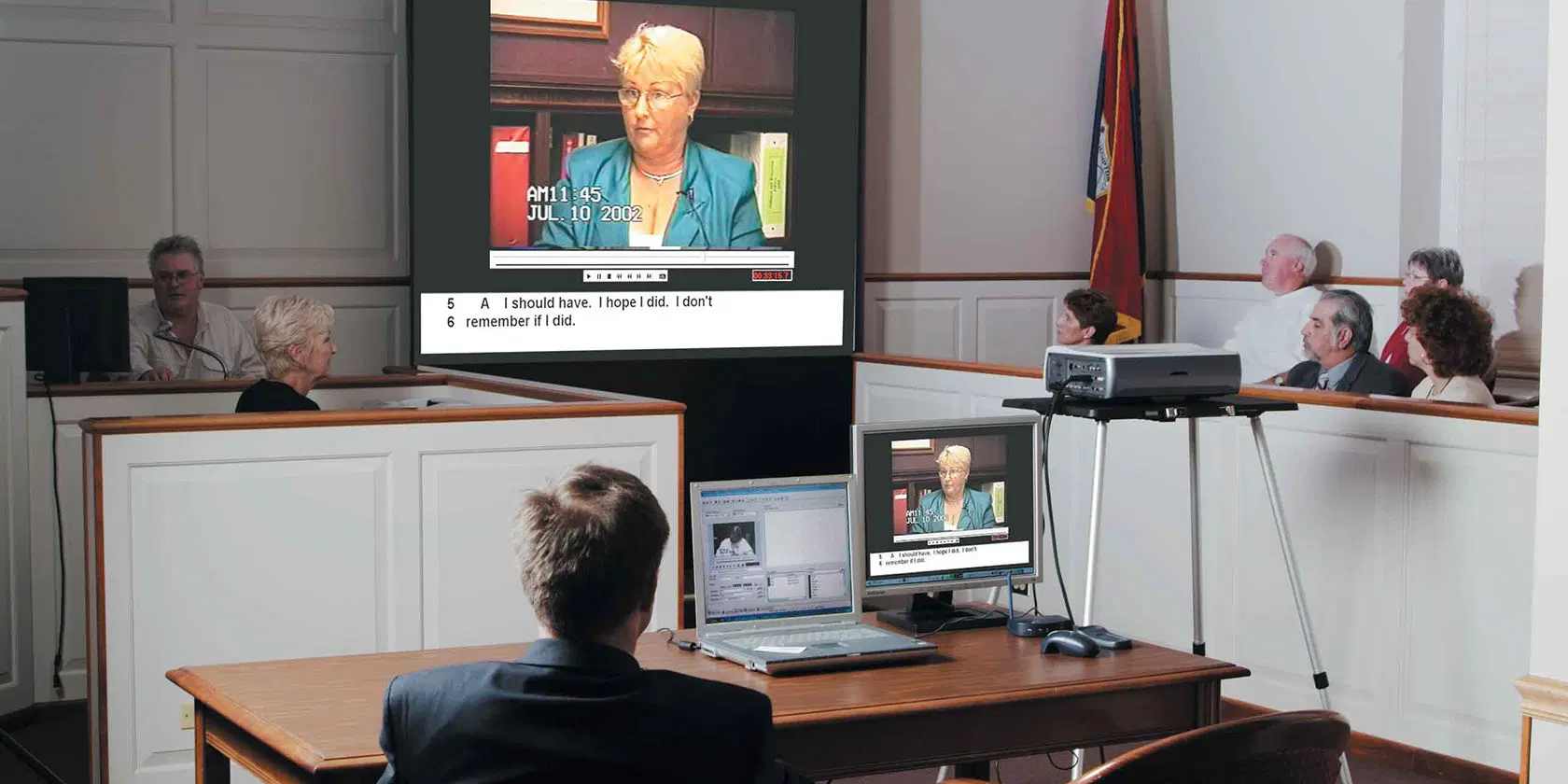Captivate the Jury: Essential Elements of a Powerful Trial Presentation
In the realm of lawful advocacy, the capacity to astound a court is extremely important to the outcome of a test (trial presentation). Essential components such as recognizing the target market, crafting a compelling story, and mastering verbal and non-verbal communication are crucial parts of an efficient presentation. Furthermore, the strategic usage of aesthetic aids can considerably boost understanding and retention of crucial disagreements. As these variables link, they develop a cohesive method that not just notifies yet also engages jurors on several levels. What details techniques can truly change a typical discussion right into an unforgettable experience for the jury?

Recognizing Your Audience
Comprehending your target market is a critical element of reliable trial presentation. A successful presentation rests on the capability to comprehend the demographics, values, and predispositions of jurors. This comprehension notifies just how arguments are mounted, evidence exists, and emotional charms are crafted, making certain that the message resonates with the jurors on a personal level.
Research study shows that jurors come from diverse histories and may have varying degrees of recognizing relating to legal proceedings. In addition, comprehending the jurors' prospective biases and life experiences allows the test presenter to expect objections and address concerns proactively.
Efficient trial discussion likewise involves observing jurors' responses throughout the proceedings. Involving with jurors as people rather than a cumulative system is important in fostering a solid link in the courtroom.

Crafting an Engaging Story
Crafting a compelling story is vital in directing jurors via the complexities of a case. A well-structured narrative not just simplifies intricate lawful concepts however also involves jurors on an emotional degree, making the information a lot more relatable and memorable.
This message should resonate with the jurors' worths and experiences, fostering a connection that goes beyond plain facts. This chronological strategy can help jurors comply with the development of events, emphasizing cause and result.
Incorporating human elements-- such as individual tales or anecdotes-- can better enhance the story's impact. These aspects stimulate empathy, permitting jurors to visualize the repercussions of the instance on realities. Furthermore, using a constant style throughout the presentation reinforces the major disagreement, making it simpler for jurors to retain crucial points.
Eventually, an engaging story transforms a trial presentation from a simple recitation of truths right into a convincing tale that astounds the court, encouraging them to ponder with both factor and emotion.
Using Aesthetic Help
Incorporating aesthetic help right into a test discussion can substantially improve jurors' comprehension and retention of information. Visual products such as internet graphes, layouts, photos, and videos can change complex lawful ideas and proof into see here quickly digestible layouts. By engaging multiple detects, these aids enable jurors to imagine the case's crucial elements, making it simpler for them to follow along and realize complex details.
In addition, well-designed visual help can emphasize critical factors and highlight partnerships between various pieces of proof. For instance, timelines can effectively show the sequence of events, while annotated images can clear up specific details pertinent to the instance. This not just aids in understanding but additionally strengthens the narrative provided by the attorney.
Overly complicated or cluttered visuals might overwhelm jurors and detract from the message. Inevitably, efficient visual communication can be a powerful device in encouraging jurors and helping them get to informed final thoughts.
Understanding Verbal Communication
Reliable verbal interaction is essential in a test discussion, as it functions as the primary ways whereby lawyers convey their disagreements and link with jurors. Understanding this skill includes quality, persuasion, and interaction. Lawyers must articulate their points clearly and briefly, staying clear of legal jargon that may puzzle jurors. Simplicity in language promotes understanding and aids jurors realize complex problems provided throughout the trial.
Moreover, tone and pacing dramatically effect exactly how messages are received. A certain tone shares authority, while proper pacing enables jurors to absorb information without feeling bewildered. Lawyers should also differ their singing inflections to stress bottom lines and keep jurors' passion throughout the discussion.
In addition, the company of verbal debates is essential. Structuring the narrative logically and coherently assists the original source jurors follow the attorney's line of reasoning, making it less complicated for them to preserve important info. Using convincing techniques, such as storytelling, can additionally boost the emotional resonance of the arguments presented, therefore producing an extra profound link with jurors.
Ultimately, understanding verbal interaction not only reinforces an attorney's situation yet also promotes trust and relationship with the court, considerably boosting the chances of a desirable decision.

Engaging With Body Language
Nonverbal communication plays an important role in trial discussions, often conveying messages that words alone can not reveal. Body language, including gestures, position, faces, and eye call, substantially influences exactly how jurors regard the trustworthiness and genuineness of the speaker. A positive stance, with shoulders back and an open posture, can impart trust, while closed-off body language might suggest defensiveness or unpredictability.

Face expressions must show the emotions connected with the case, reinforcing the narrative existing. A sincere expression during a poignant minute can evoke empathy and strengthen the psychological allure. Eventually, grasping body movement is essential for reliable test discussions, as it boosts spoken interaction and establishes an engaging presence that resonates with the court.
Conclusion
To conclude, captivating the court demands a tactical approach that includes recognizing the audience, crafting a compelling narrative, making use of aesthetic help, mastering verbal communication, and engaging through body language. Each aspect plays an important function in developing an effective test discussion that resonates with jurors on both emotional and intellectual levels (trial presentation). By integrating these elements successfully, lawful specialists can considerably improve their capability to encourage and affect court decision-making